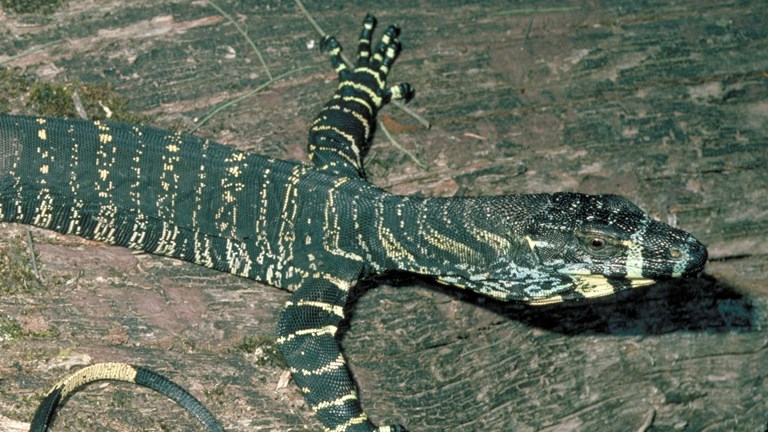
Tree Goanna
Varanus varius
Vespadelus vulturnus
Little Forest Bats are still common over much of their range, but all microbats are vulnerable to certain changes in their environment. Because tree hollows are critical to these bats for breeding and roosting, they have declined in areas that have been logged or cleared for agriculture. Competition with the introduced Indian Myna bird for tree hollows increases the problem.
Little Forest Bats
Little Forest Bats live in the eucalypt forests of south-eastern Australia, entering nearby farmland and townships at night to hunt.
Little Forest Bats flutter beneath tree canopies at night in search of flying insects. They are one of Australia’s smallest mammals, with a body no larger than a human thumb, and are found in the forests of south-eastern Australia.
By day, Little Forest Bats roost in colonies of 20–50 animals in tree hollows or roof cavities. They hang upside down from their back legs with their wings folded along their bodies. Their wings are formed from a membrane of skin that stretches over their greatly elongated arm and hand bones.
Bats are placental mammals. Other Australian native placental mammals are rodents, seals, dingos, dolphins and whales; all other native mammals are marsupials. Female Little Forest Bats give birth to a single young in spring or early summer and feed them with milk for 6–7 weeks. Until they can fly, the young remain in the roost.
Microbats emit rapid pulses of ultrasound that are usually too high-pitched for human ears. They can detect prey by the way the sound bounces back to them. Little Forest Bats eat small insects while flying, but may catch larger prey in their wing membranes to be eaten while roosting.
In winter, Little Forest Bats become inactive to save energy. Their temperature can drop to near-freezing and their heart rate slows down.

Varanus varius
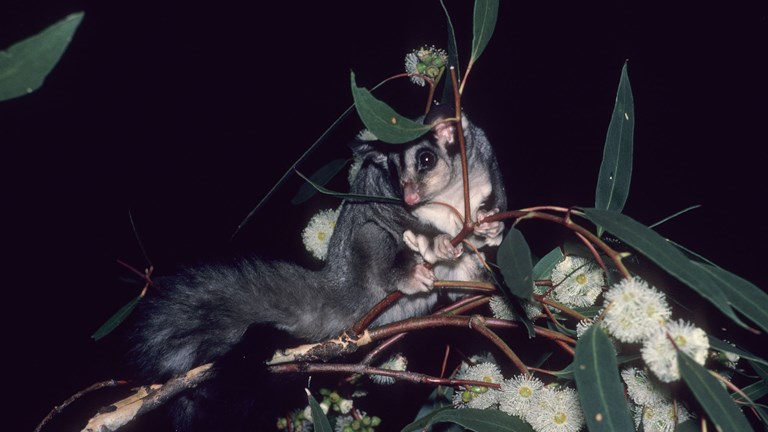
Petaurus norfolcensis
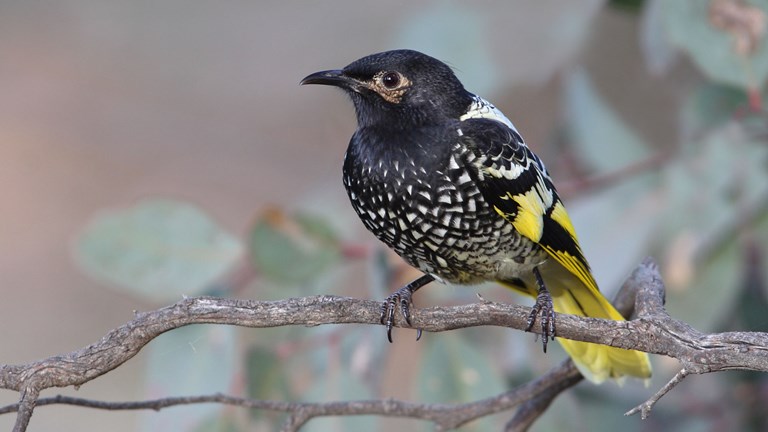
Anthochaera phrygia
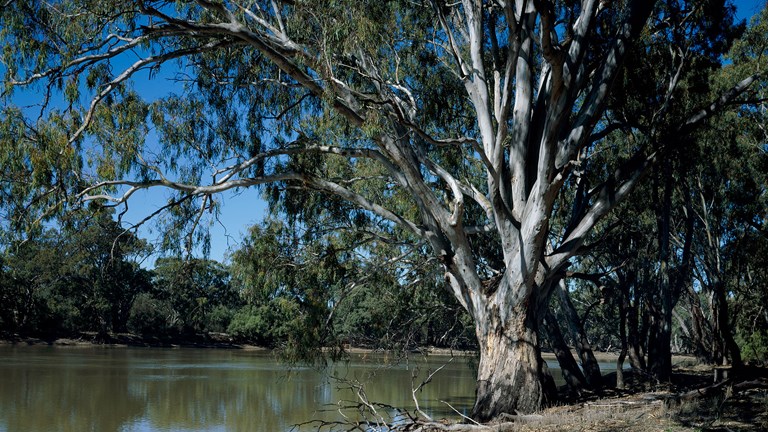
There are many types of dry forests in Victoria including stringybark, red gum, grassy woodlands and the remnants of the once great box–ironbark forests.
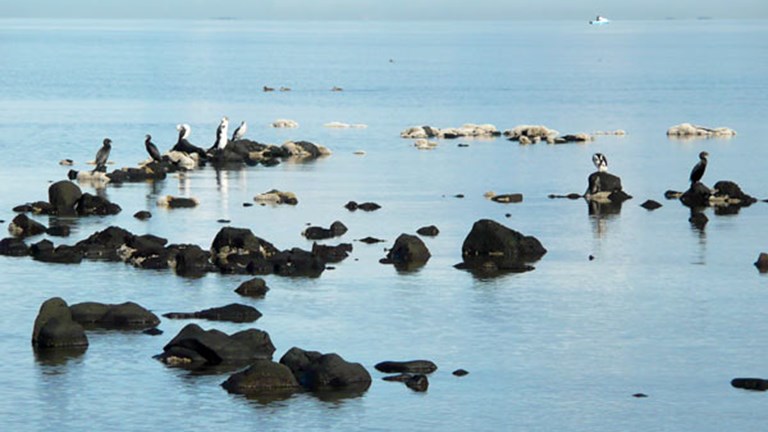
Victoria’s coastal wetlands are significant places for wildlife, with many listed in international conventions to protect the habitat of migratory birds.
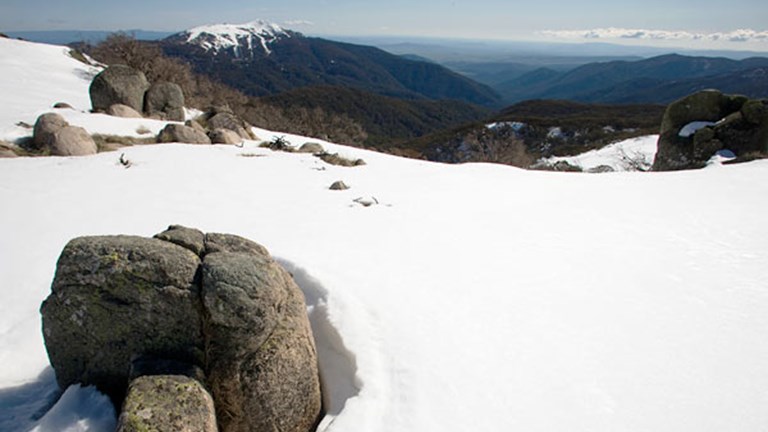
The Victorian Alps extend from the plateaus of Lake Mountain and Mt Baw Baw to peaks such as Mt Feathertop and the headwaters of the Murray River.
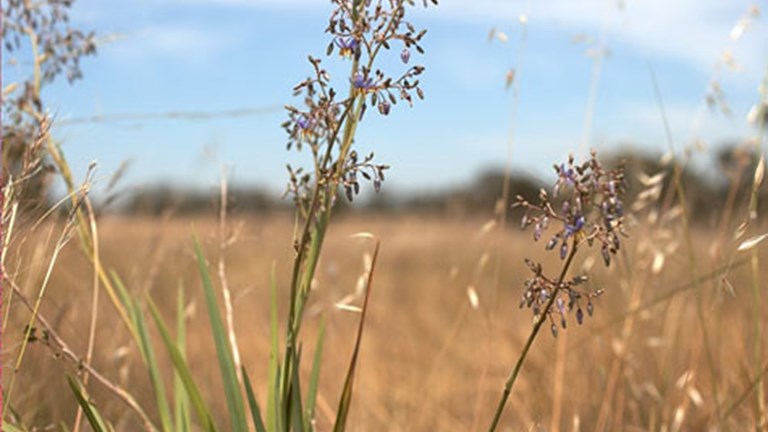
When the first Europeans arrived in Victoria there were grasslands on the vast, undulating western plains, on the northern plains and in Gippsland.
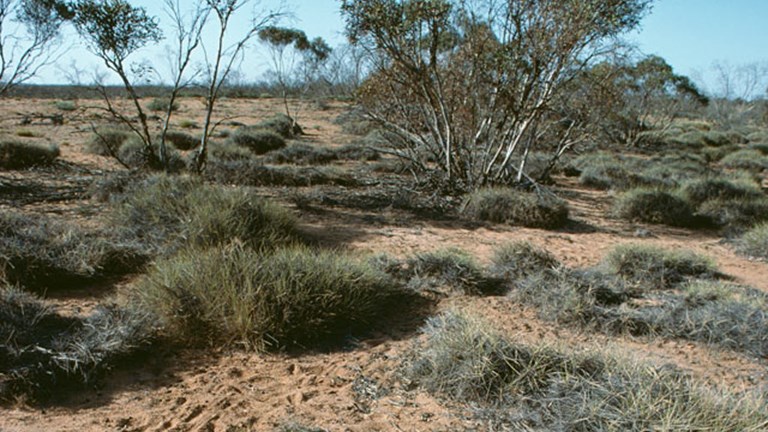
The Victorian Mallee in the north-western corner of the state has a mosaic of vegetation types adapted to low rainfall and sandy soils.
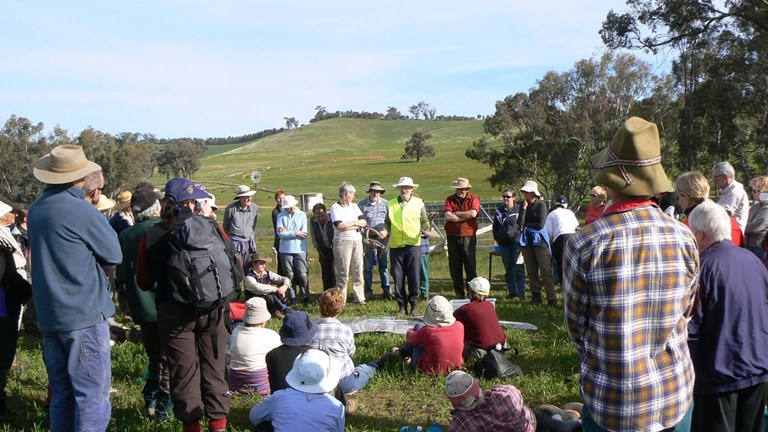
Find out about the issues affecting our special places and the plants and animals that live in them, and discover some ways you can help.
We are making improvements to our website and would love to hear from you about your experience. Our survey takes around 10 minutes and you can enter the draw to win a $100 gift voucher at our online store!
Museums Victoria acknowledges the Wurundjeri Woi Wurrung and Boon Wurrung Bunurong peoples of the eastern Kulin Nations where we work, and First Peoples across Victoria and Australia.
First Peoples are advised that this site may contain voices, images, and names of people now passed and content of cultural significance.